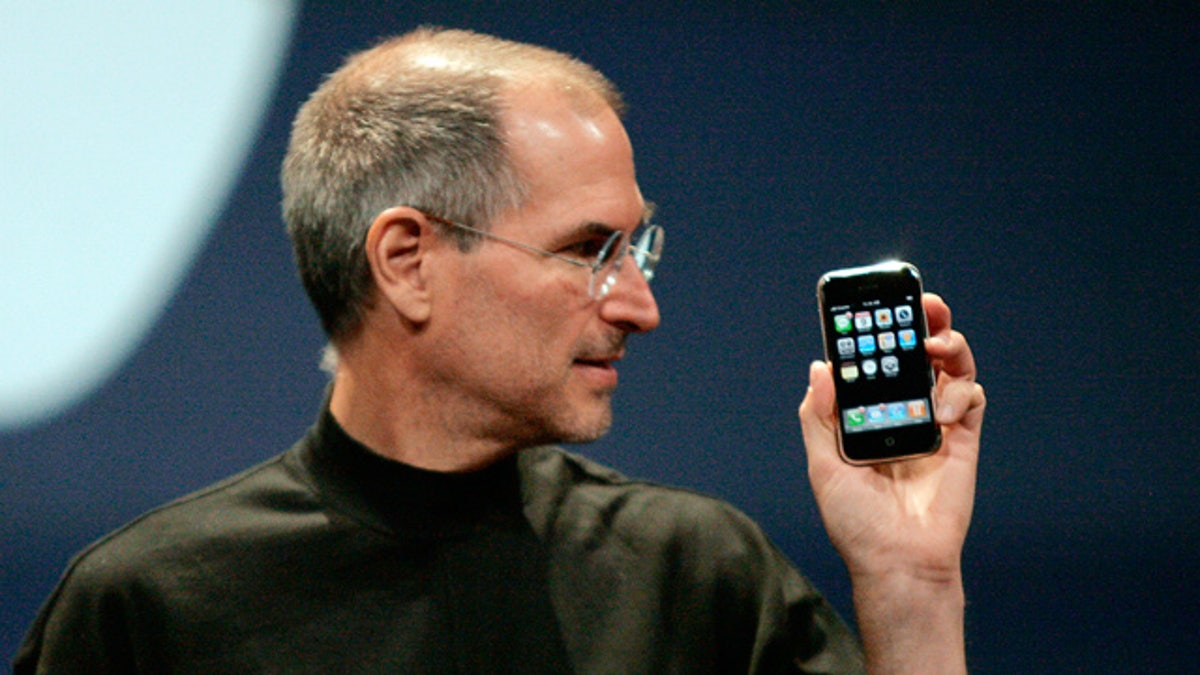
(Reuters)
Verizon Wireless has been beefing up its network and believes it will have no problem handling iPhone-type loads, a claim that could be put to the test this year if the carrier signs up millions of subscribers using the Apple Inc. device, The Wall Street Journal reported.
Verizon Wireless, the United States' largest wireless carrier, is confident enough in its network that it will offer unlimited data-use plans when it starts selling the iPhone around the end of this month, a person familiar with the matter said.
Such plans would provide a key means of distinguishing its service from rival AT&T, which limits how much Internet data such as videos and photos its customers may use each month.
AT&T has struggled to overcome complaints about network quality ever since it started exclusively selling the iPhone in the US in 2007. That contributed to a decision last summer to offer new iPhone and other smartphone customers only pricing plans that cap how much data they send and receive.
The move was aimed in part at gaining a measure of control over heavy iPhone users, who have overtaxed the carrier's network, leading to complaints about dropped calls and spotty service.
It wasn't clear how long Verizon would offer unlimited-data plans. Its executives have said repeatedly that the industry needs to move to some form of tiered pricing -- charging different prices for different amounts of data use -- as mobile Internet service use rises, but for the moment the carrier is sticking to its existing plans.
Verizon Wireless, majority-owned by Verizon Communications, has a lot at stake as it starts to carry the iPhone, which it will announce Tuesday at an event in New York City, people familiar with the matter said.
Verizon more than any other US carrier has built its reputation on its network quality, and any stumble in handling iPhone traffic will call into question Verizon's major selling point. On the other hand, if it does handle the iPhone well, then AT&T will have a harder time arguing it didn't mismanage its own network.
